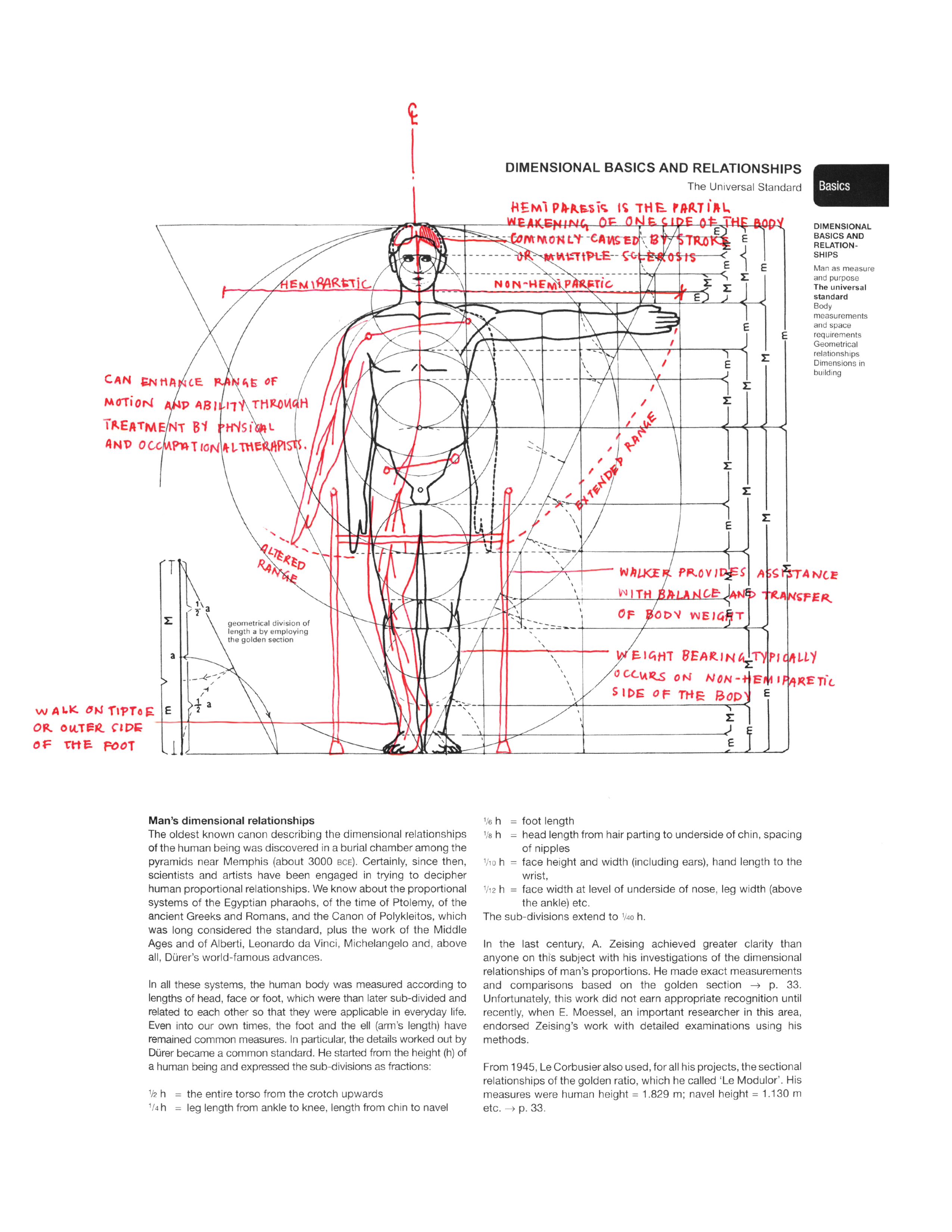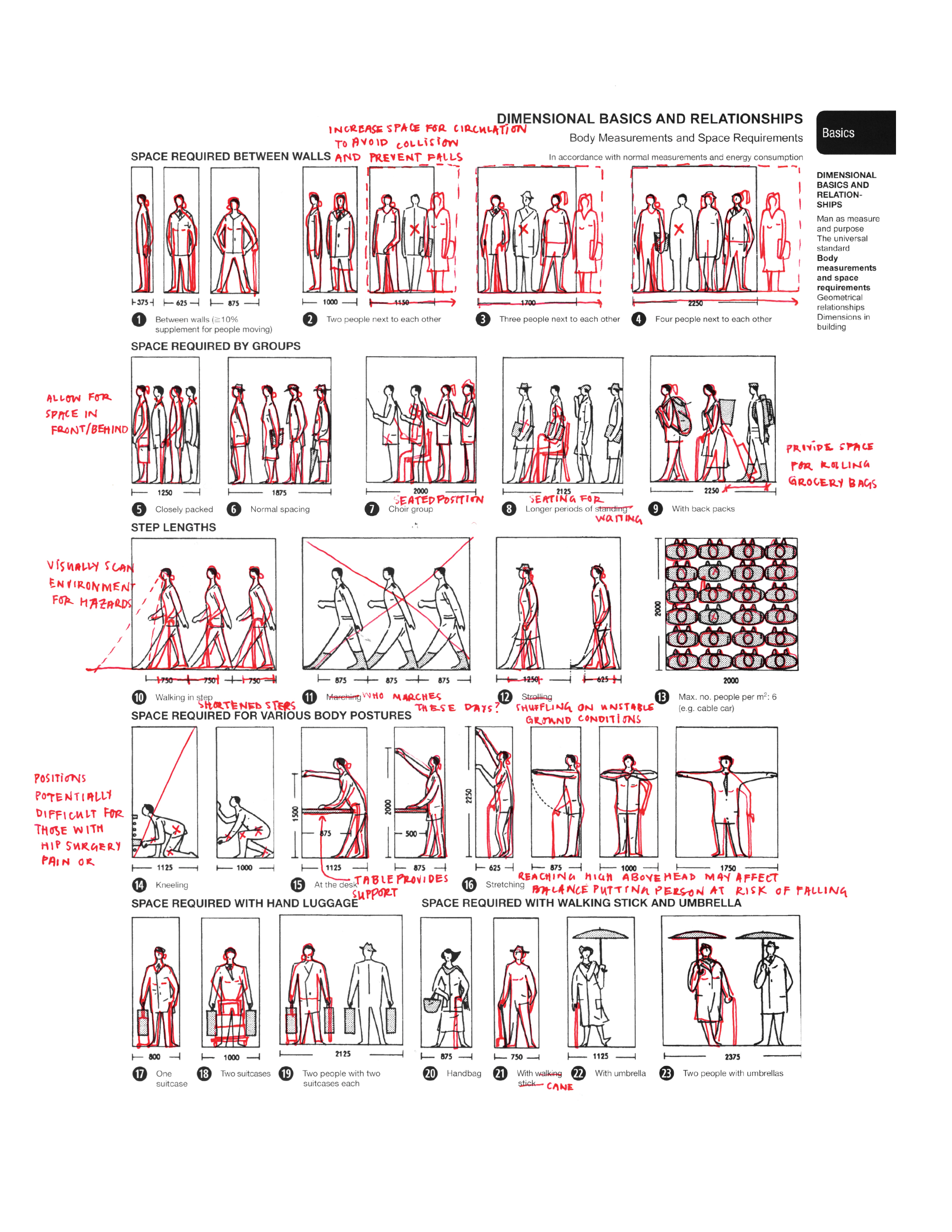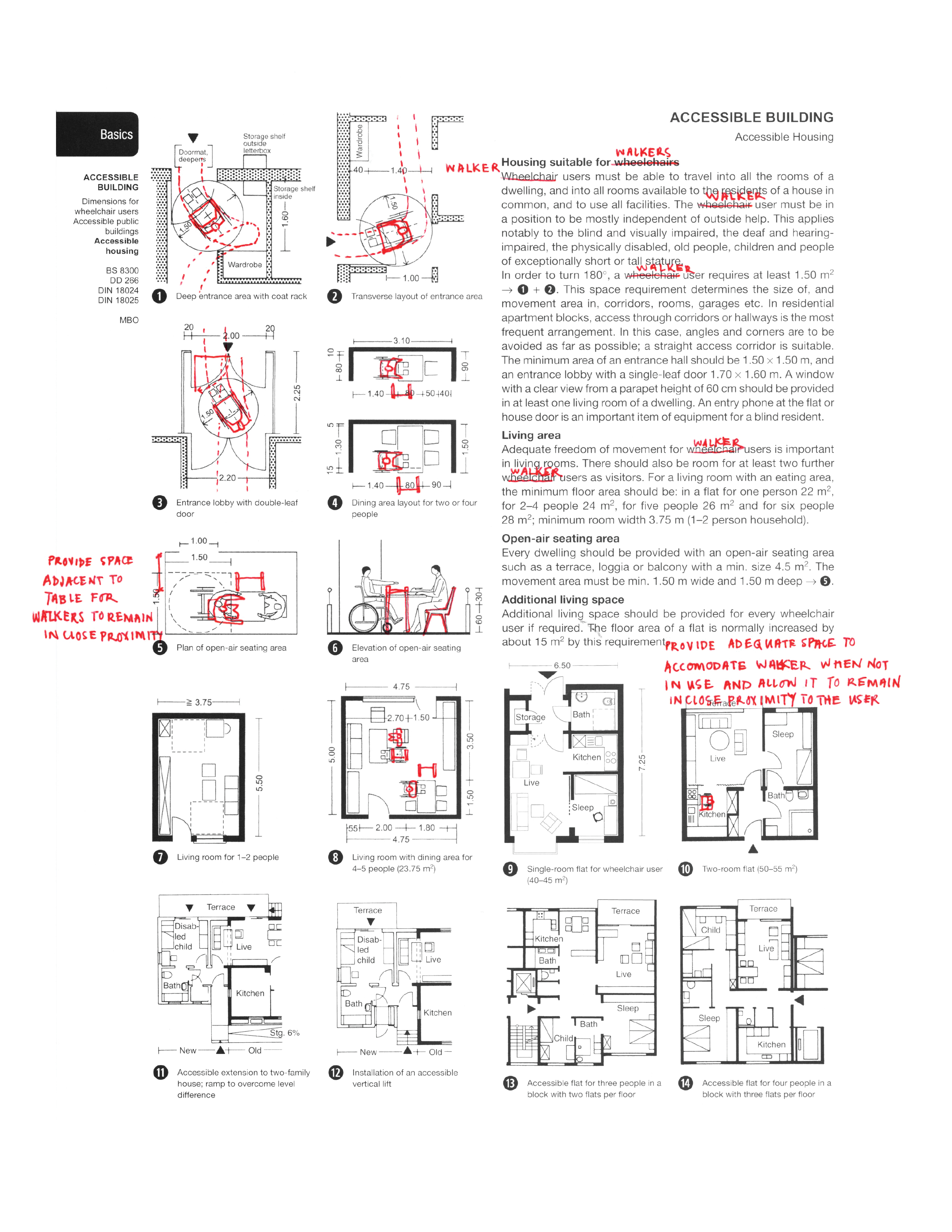How can design
Disrupt Standards
underlying normative space?
—
Normative definitions of the human body—from the Vitruvian Man, to Le Corbusier’s Modulor, to Henry Dreyfuss’ Average Joe and Josephine—have served as the proportional guidelines for architectural production for centuries. Within contemporary practice, codes such as the International Building Code, American Disabilities Act, and Universal Design have further defined standards which shape the built environment to accommodate the human body. The question is: which human body? How does the standardization of architecture discriminate against those situated outside perceived bodily norms?
Disrupt Standards brings attention to the spatial discriminations embedded within systems of architectural production. Action Figures, an in-class workshop, dismantled preconceptions of what the body is by exploring through collage what the aging body can do. The independent research project, Animating Neufert ‘Normals’, sought to expose the normative assumptions embedded within Neufert Architects’ Data. Decentering Norms built on this investigation through the examination and red-lining of the Neufert reference book through the perspective of an individual affected by age-associated conditions.
Disrupt Standards brings attention to the spatial discriminations embedded within systems of architectural production. Action Figures, an in-class workshop, dismantled preconceptions of what the body is by exploring through collage what the aging body can do. The independent research project, Animating Neufert ‘Normals’, sought to expose the normative assumptions embedded within Neufert Architects’ Data. Decentering Norms built on this investigation through the examination and red-lining of the Neufert reference book through the perspective of an individual affected by age-associated conditions.

Ex.4 Action Figures
Philosopher Baruch Spinoza asks in the third part of Ethics, “What can the body do?” Instead of contemplating what the body is, he advocates for the reconceptualization of the body as an assemblage of matter which acts and is acted upon by its environment. The question critiques normative assumptions about what a body should be and reorients us towards engaging the body’s potential for action.
Action Figures extends Spinoza’s question to ask what can the aging body do? Through cut-and-paste collage, students transformed the aging body from a discrete figure to an assemblage of matter, from static form to system of contingent processes. The objective was to broaden thinking about the interdependent nature of the human body and open up the potential for technological and environmental hybridization. The Action Figures served as design subjects, initiating research and speculation through two sequential exercises: Spatial Hybrids and Adaptive Environment Prototypes (A.E.P.).
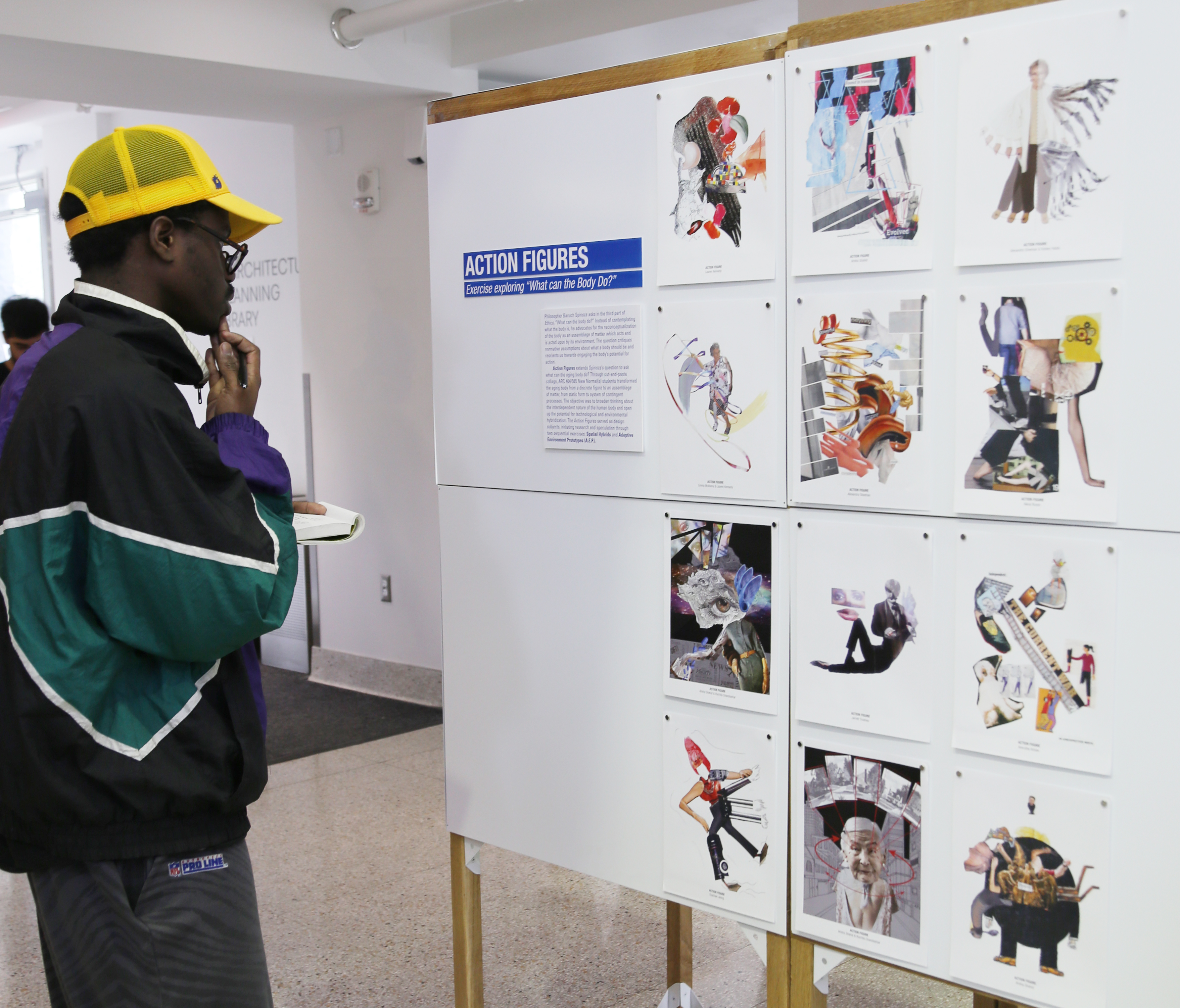

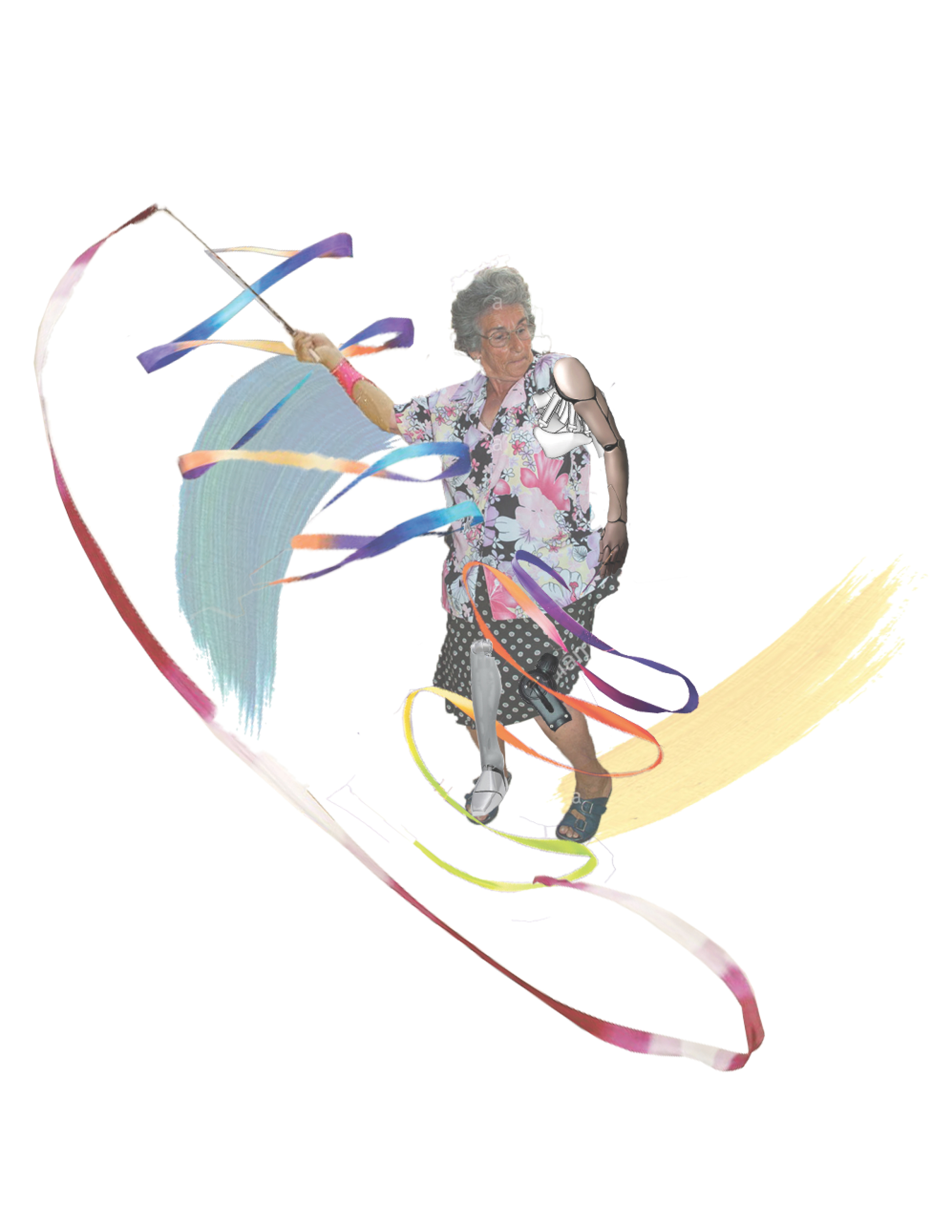
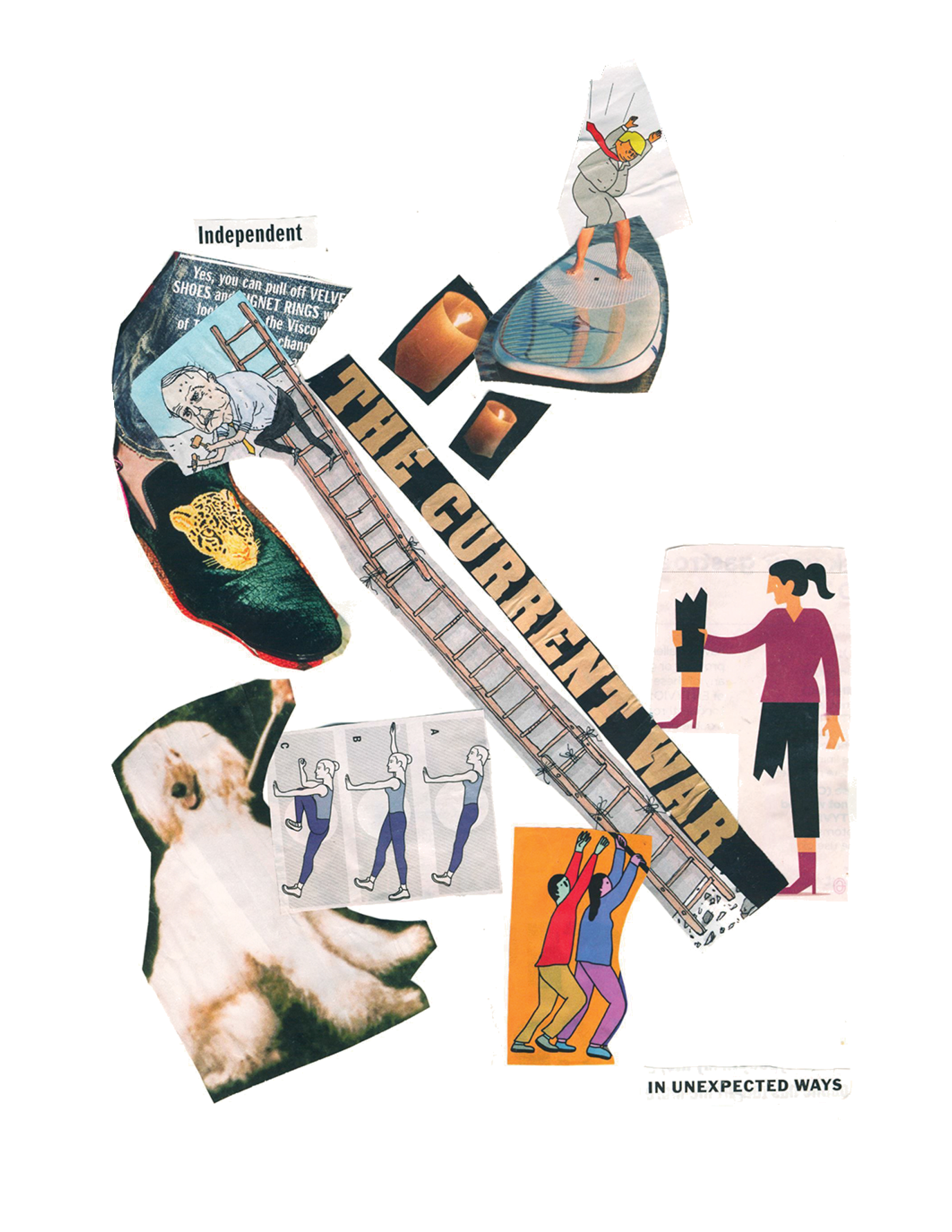
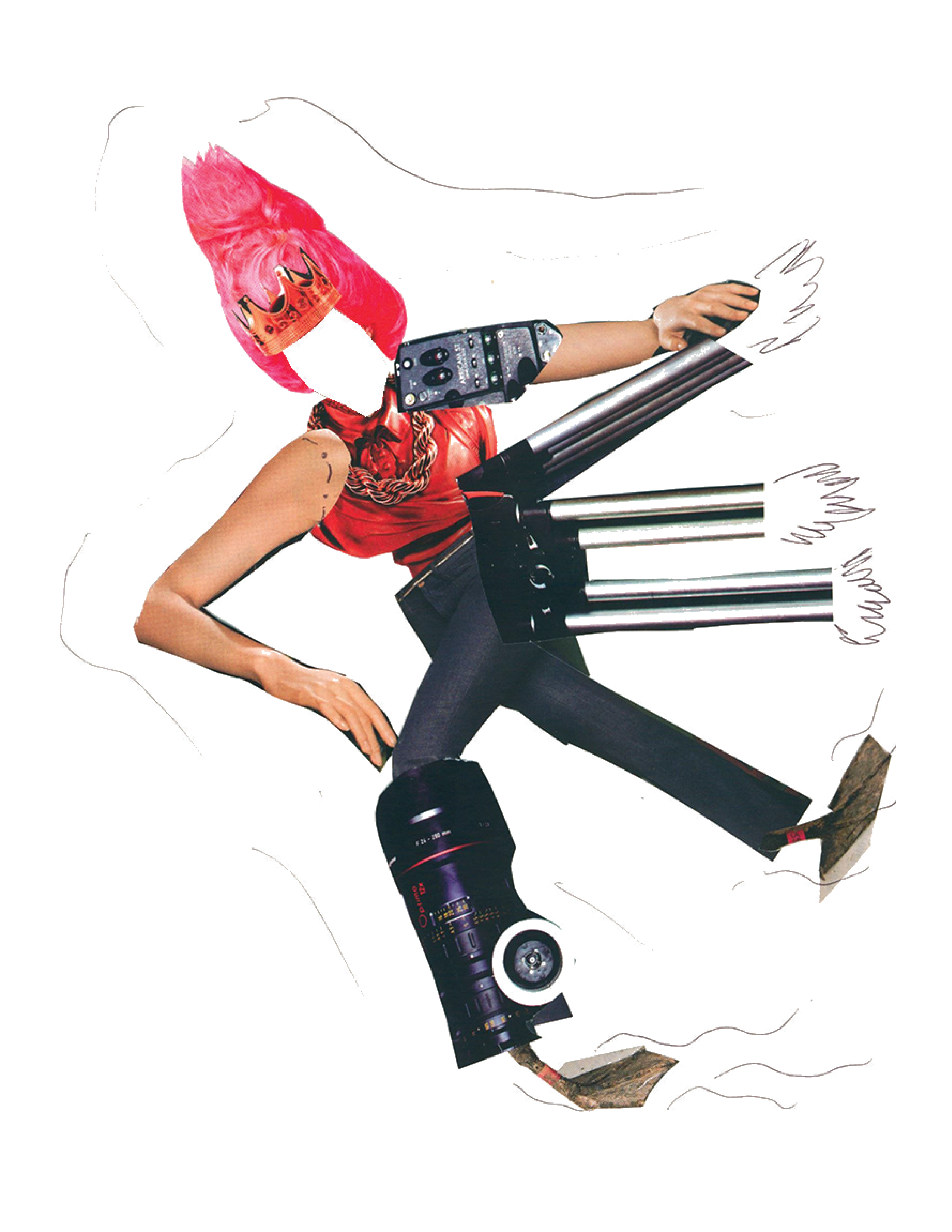
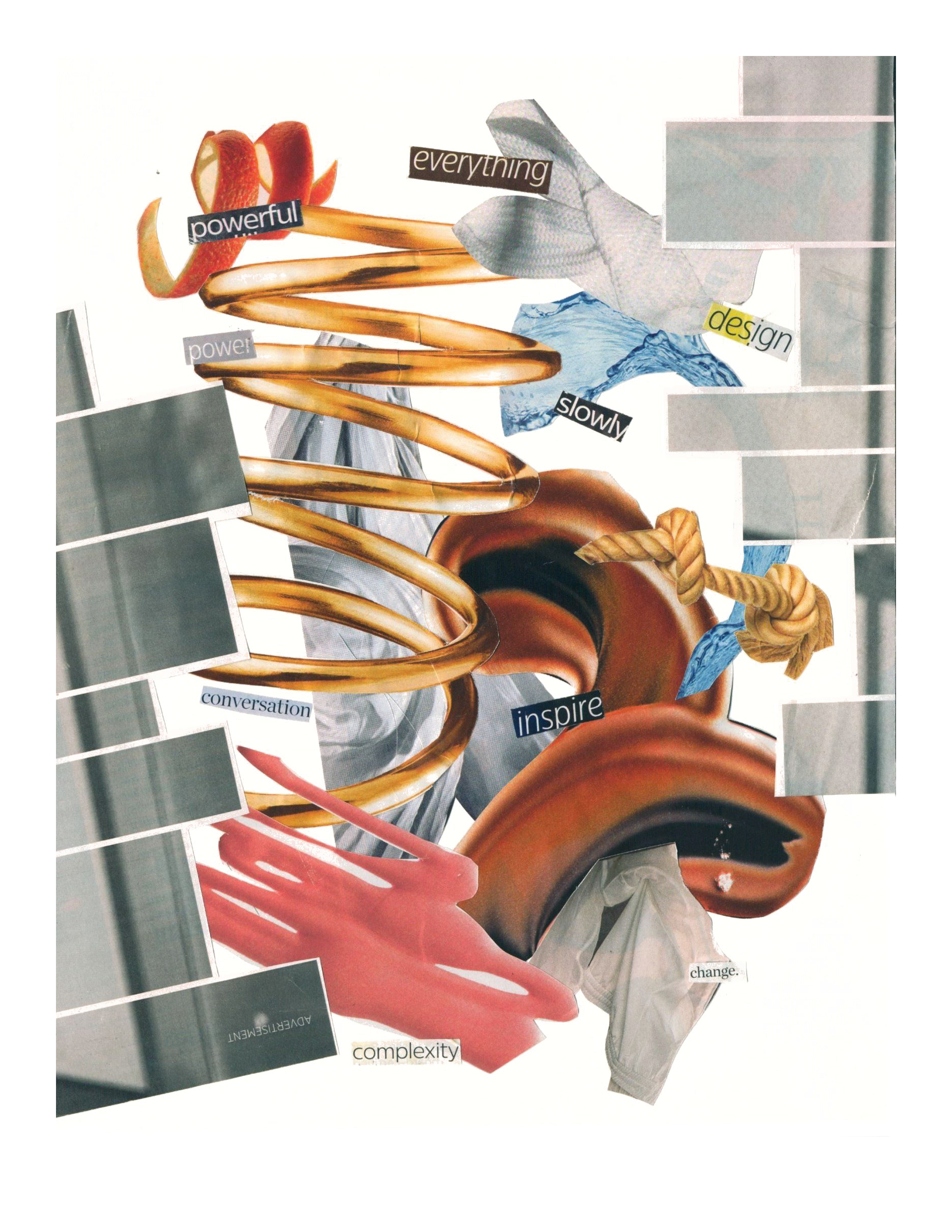
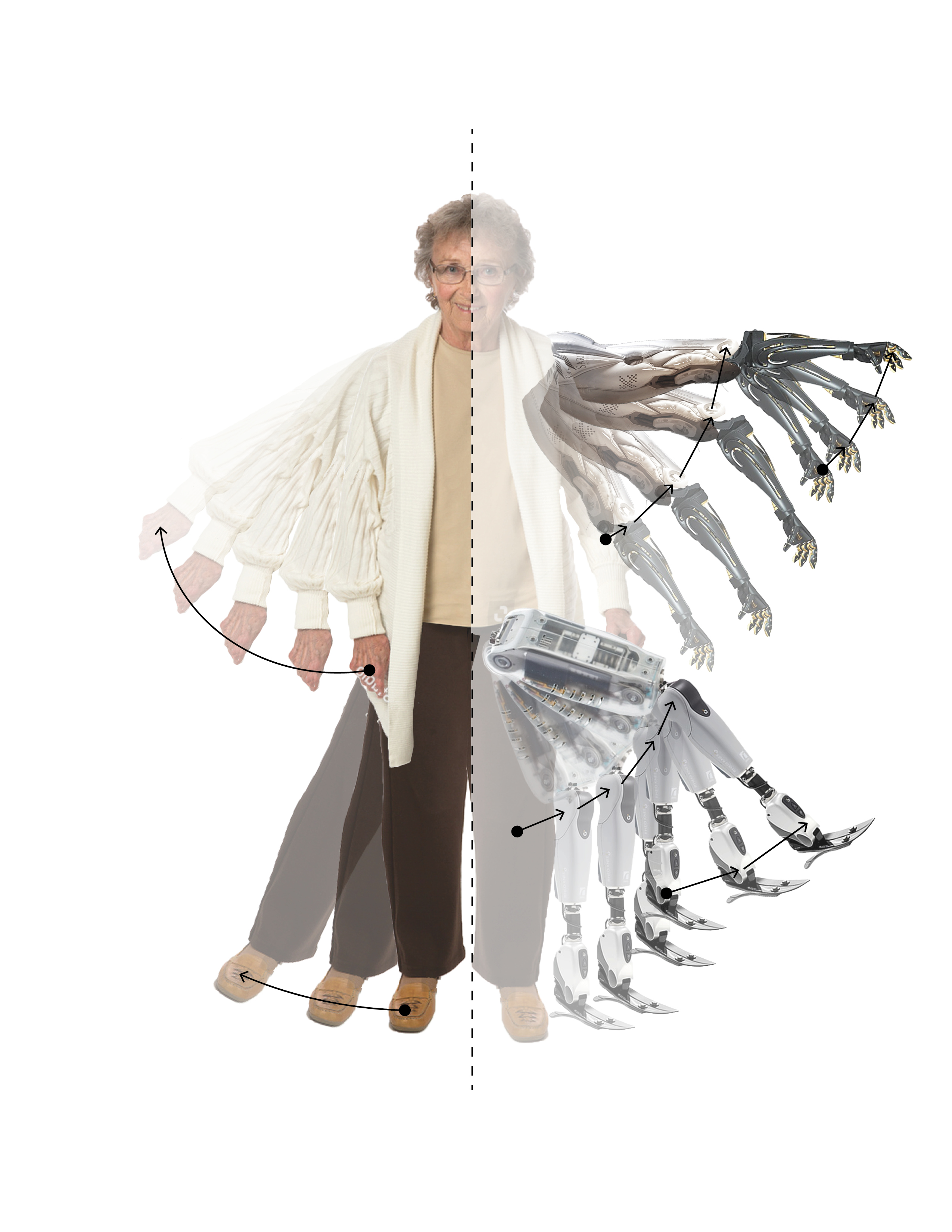

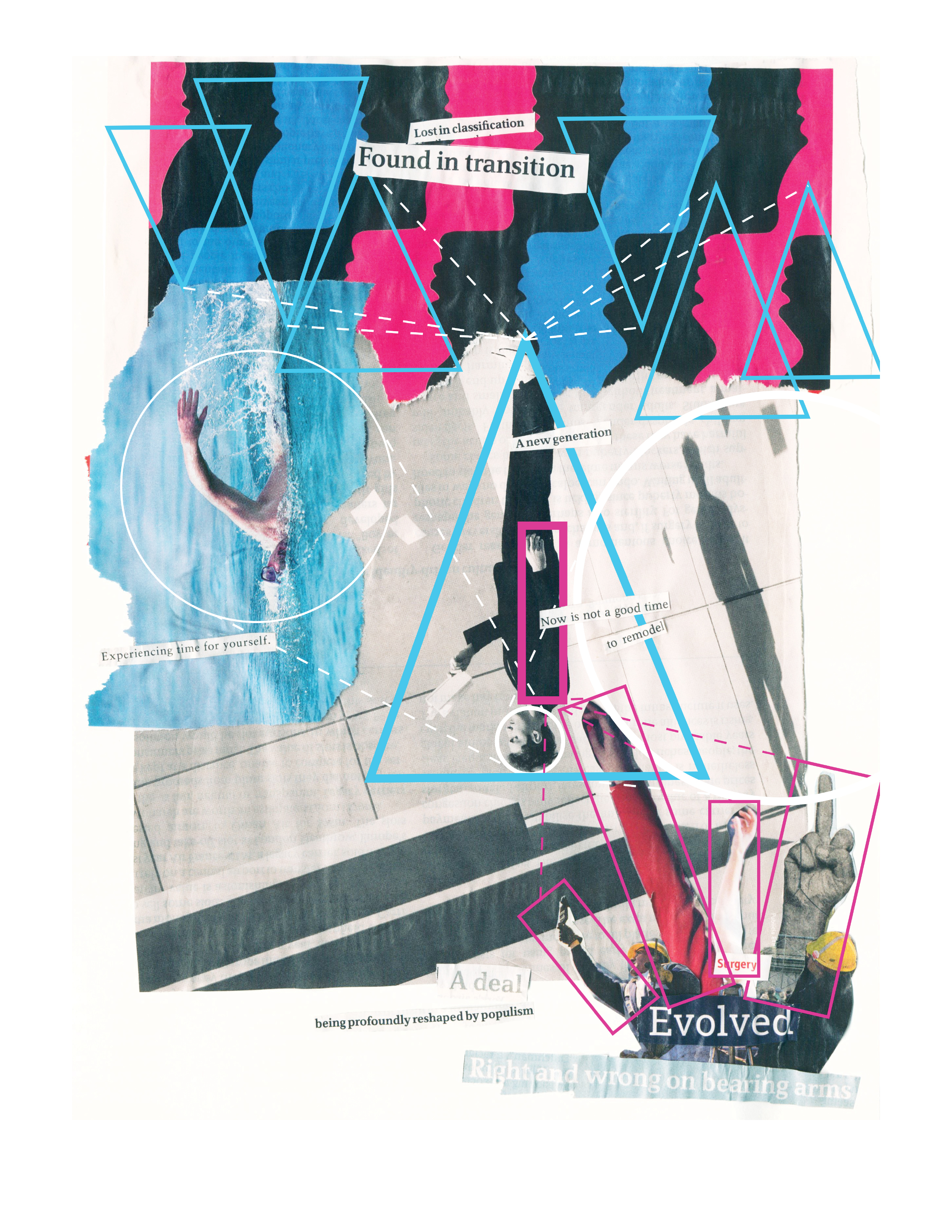
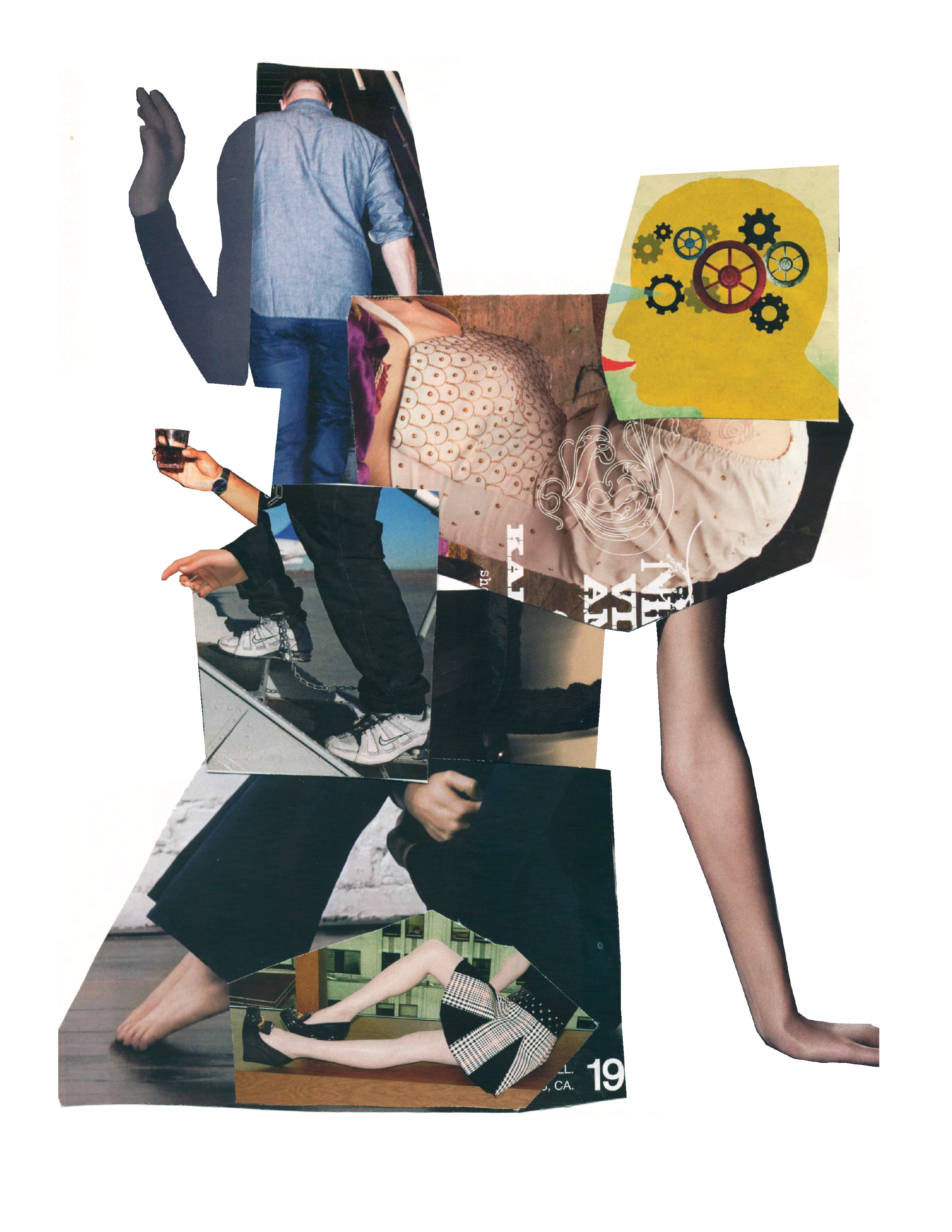

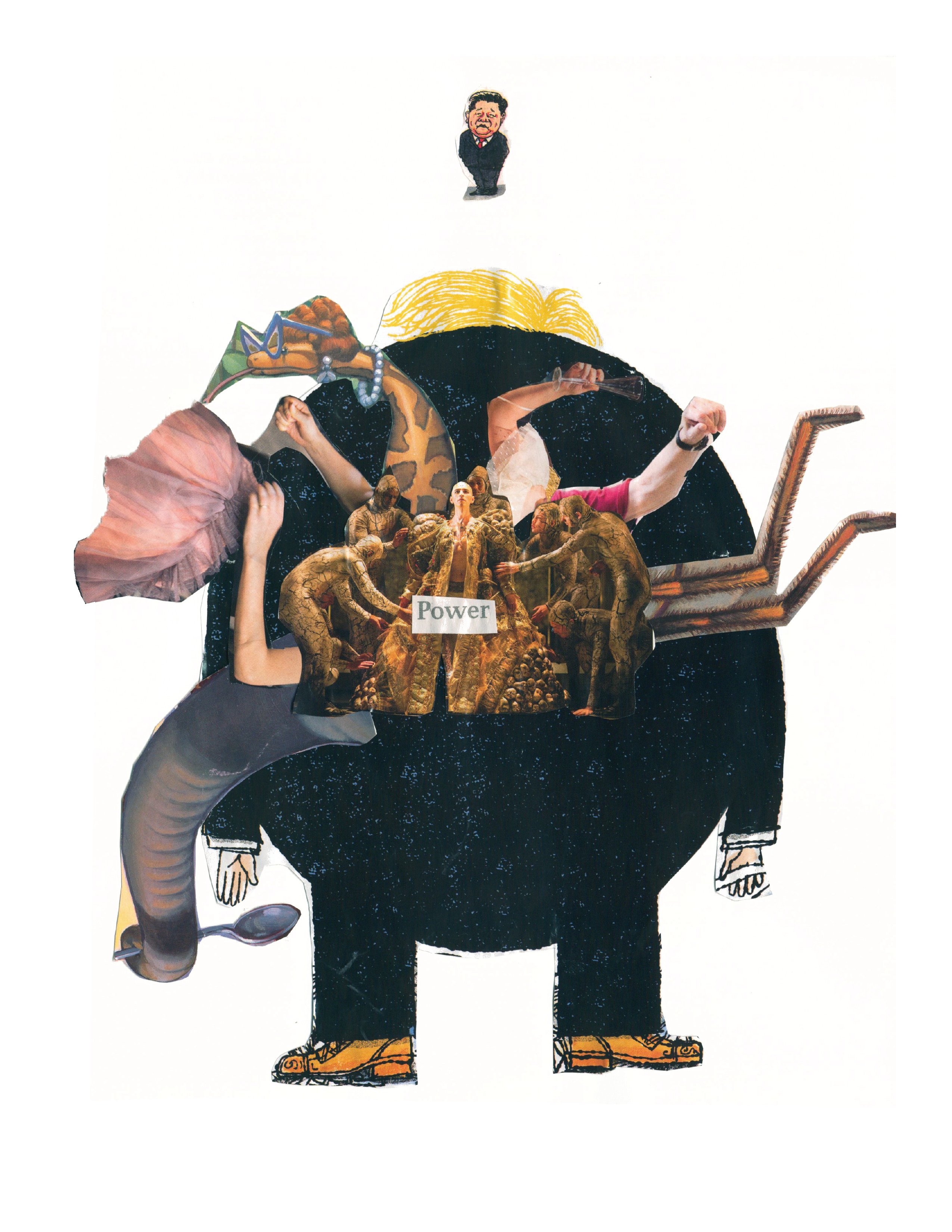
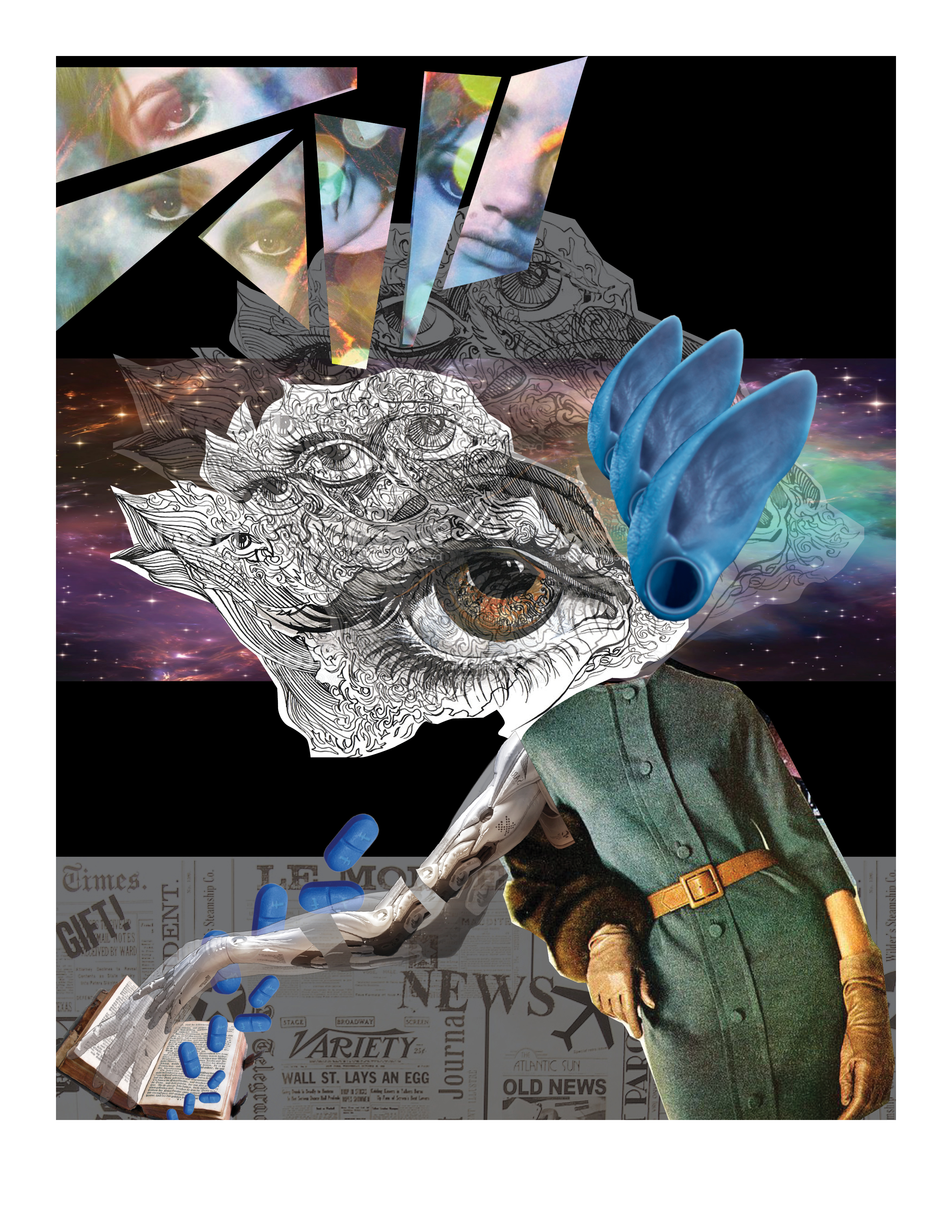
Ex.5 Decentering Norms
Decentering Norms builds upon Animating Neufert ‘Normals’ to critique architectural guidelines through the lens of aging bodies. It is an exercise in moving beyond the default user within architectural design parameters towards the consideration of diverse building inhabitants. Students critically analyzed and red-lined pages of Neufert Architects’ Data from the perspective of an individual affected by age-associated conditions including osteoporosis, hemiparesis, Alzheimer’s, Lewy body dementia, presbypropria and agnosia. The exercise leverages the architectural practice of redlining to identify existing incongruencies and productive overlaps between the varied spatial needs of differently-abled bodies. Collectively, the exercise expands the narrow scope of architectural guidelines to include a wider range of physical, cognitive and sensorial abilities.
Work by ARC 491/591 Multiplying Perspectives seminar students: Emma McAneny, Euychan Jeong, Habiba Abdellal, Lauren Kennedy, Rachel Mordaunt, Tiffany Fong
Work by ARC 491/591 Multiplying Perspectives seminar students: Emma McAneny, Euychan Jeong, Habiba Abdellal, Lauren Kennedy, Rachel Mordaunt, Tiffany Fong
Osteoporosis
Lauren Kennedy
Lauren Kennedy
Hemiparesis
Emma McAneny
Emma McAneny
Alzheimer’s
Rachel Mordaunt
Rachel Mordaunt

